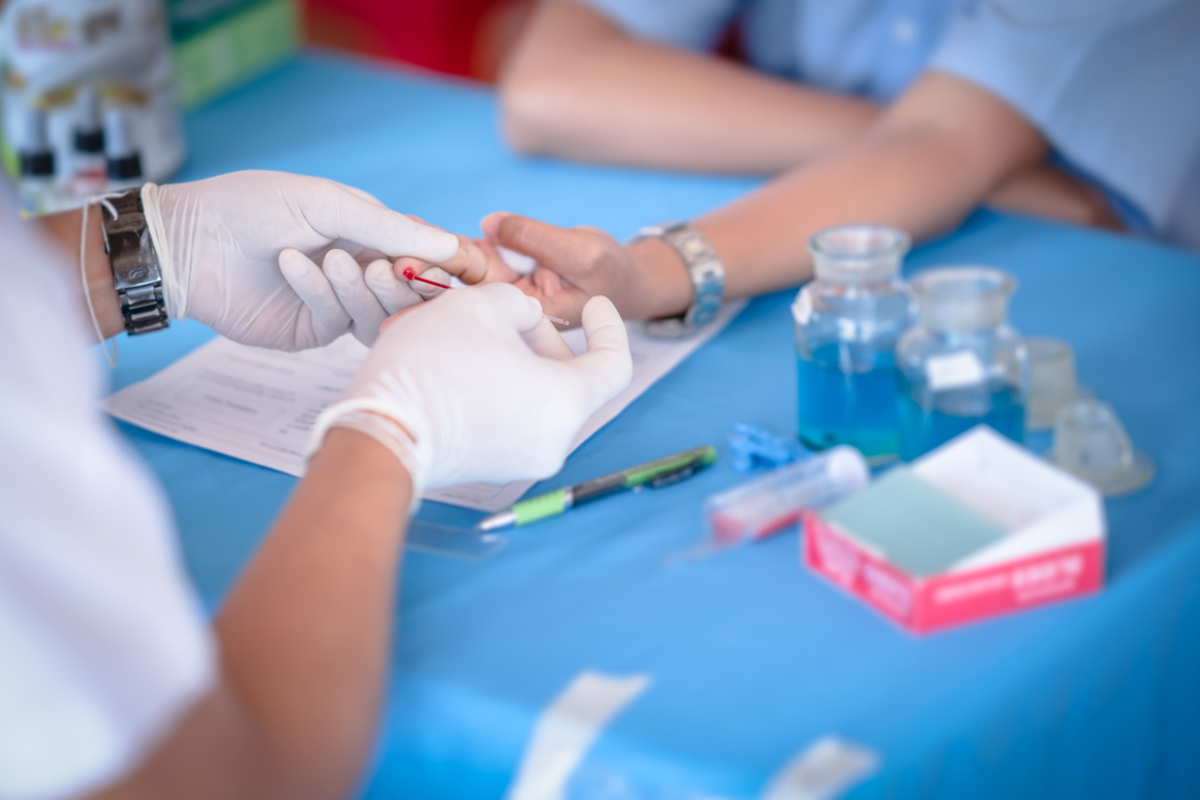Hepatitis C is a viral disease of the liver caused by the hepatitis C virus. This disease is transmitted via blood and other bodily fluids, and affects more than 70 million people around the world. This disease is usually associated with IV drug use, as sharing needles and syringes with other people can be a way of injecting drops of blood containing the virus into your bloodstream. Other drug users are at risk as well, as the virus can be found on the equipment used to prepare and sniff drugs too. Sharing personal equipment, such as toothbrushes and razors, also puts you at risk of an infection, as does unsafe sex. It is also possible to get infected when getting a tattoo or a piercing in unsafe and unsanitary conditions, or if an artist reuses their equipment without sterilization.

As the illness progresses, and the liver takes more damage, certain symptoms start to appear. These symptoms include:
- Abdominal pain
- Fever
- Loss of appetite
- Weight loss
- Nausea
- Vomiting
- Itchy skin
- Joint pain
- Getting bruises easily
- Prolonged bleeding
- Jaundice
- Light stool
- Dark urine
This disease can take both an acute and a chronic form. In 30 percent of the cases, our immune system is able to fight the infection on its own, and the virus is cleared out of the organism within six months. In this case, specific treament for the hepatitis C virus isn't needed. The only treatment which usually is administered is to fight the unpleasant symptoms of this condition, such as medicine against nausea and vomiting, or drugs that help with the itchiness of the skin.
The therapy, however, has a huge rate of success. Up to 95 of patients who take the medication are cured from the disease, which also reduces the risk of developing cirrhosis or liver cancer. But the therapy, as well as the diagnostics, aren't always available to the people affected by this disease.
As for prevention, unfortunately, there still is no vaccine for this disease, and the only way to be safe and lower the risk of getting a hepatitis C infection is to avoid risky behavior.
What is the treatment for hepatitis C?
As far as treatment for the acute form of the disease goes, it's mostly administered to fight the symptoms hepatitis C can cause, and the side effects of that treatment are negligible.
As for the chronic form of hepatitis C, a more specific therapy needs to be administered. While, in the past, different types of therapies have been tried, recently, we started using drugs called Direct Acting Antivirals (DAAs) with a huge success rate. Direct acting antivirals are, as their name suggests, drugs that attack the virus directly, stopping its replication.
Some of the direct acting antivirals are:
- Sofosbuvir
- Simeprevir
- A combination of glecaprevir and pibrentastvir
- A combination of ledipasvir and sofosbuvir
- A combination of sofosbuvir and lepatasvir
- A combination of sofosbuvir, voxilaprevir, and velpatasvir
- A combination of ombitasvir, ritonavir, and paritaprevir (sometimes, dasabuvir is added to this combination)
- A combination of elbasevir and glazoprevir
During the therapy, the blood of the patient will be tested every now and then to see if the virus is still present in the organism. If the virus hasn't cleared in a certain amount of time, a change in treatment is indicated. When two repetitive tests show no sign of the virus (the second one done 12 to 24 weeks after the end of the treatment), the patient is considered cured.
What are the side effects of DAA therapy?
Direct active antivirals have several side effects, as all drugs do. However, there aren't many side effects to these drugs, and not a lot of people experience them.
The possible side effects of this therapy include:
- Skin irritation
- Depression
- Anxiety
- Problems with falling asleep
- Aggressive behavior
- Hair loss
- Loss of appetite
- Anemia
- Diarrhea
- Nausea
- Vomiting


Your thoughts on this